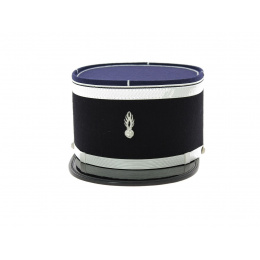

This section is dedicated to online sales for gendarmerie and administration hats. Find for example the paratrooper commando beret, the gendarme kepi or the firefighter helmet.
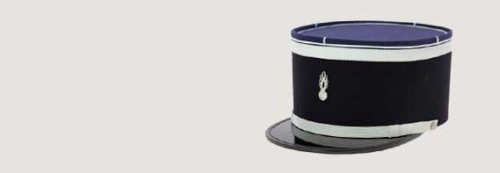



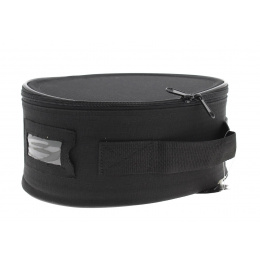
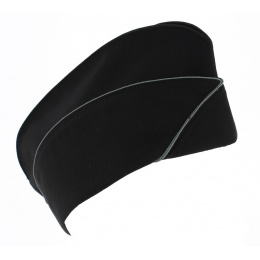
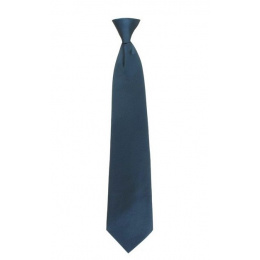
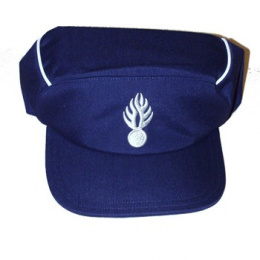
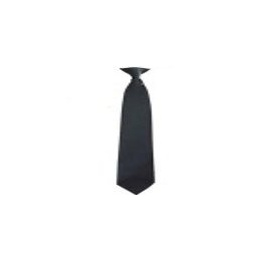
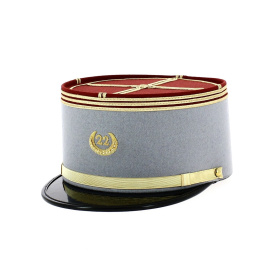
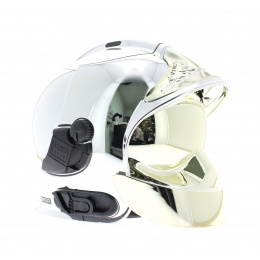
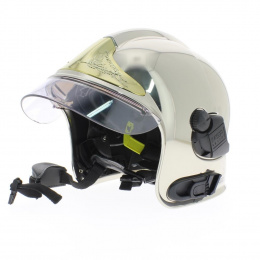
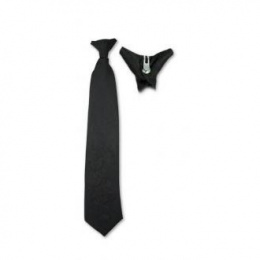
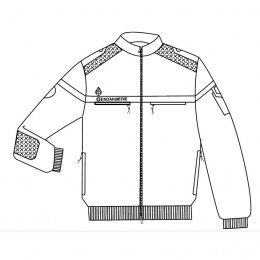





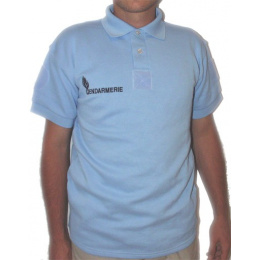
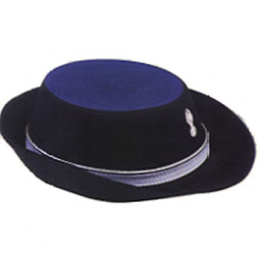
We will explore different ways to wear a Fedora to modernize a classic outfit, add character to your look, and bring a bohemian touch.
Be on top this summer! Discover the trendy hats that will turn heads and add a chic touch to your summer look.
The history of military uniforms dates back to the earliest days of organized warfare. Over the centuries, military uniforms have evolved significantly, reflecting changes in technology, tactics, and societal values. From the colorful and elaborate uniforms of the 18th century to the practical and functional uniforms of today, military uniforms have played a crucial role in identifying friend from foe, conveying rank and status, and promoting unit cohesion. These uniforms have not only been a symbol of military might but also a reflection of the times and the needs of the armed forces.
During the Revolutionary War, the Continental Army faced significant challenges in standardizing their uniforms. Due to material shortages and transportation difficulties, the uniforms often resembled those of the British and French armies. However, in 1779, the Continental Army established uniform regulations, which included a blue coat with a white waistcoat and breeches. These efforts to standardize small arms and equipment by the end of the war laid the foundation for the development of modern military uniforms, ensuring a more cohesive and identifiable force.
Military uniforms have undergone significant changes over the centuries, adapting to advances in technology, changes in tactics, and shifting societal values. The introduction of camouflage uniforms during World War I marked a significant departure from traditional uniforms, which were often designed for parade ground display rather than practicality. The development of synthetic fabrics and modern textile science has enabled the creation of uniforms that are both functional and comfortable. Today, military uniforms continue to evolve, with a focus on practicality, comfort, and adaptability, ensuring that they meet the needs of modern armed forces.
A military uniform typically consists of a combination of components, each serving a specific purpose. These components include headgear, insignia, a uniform coat or jacket, trousers or other lower-body garments, footwear, a belt or sash, and various accessories. Each piece is designed to provide functionality, comfort, and a sense of identity and pride for the wearer.
The Army Combat Uniform (ACU) is a modern military uniform designed for practicality and comfort. Featuring the Operational Camouflage Pattern (OCP), the ACU is designed to blend in with a variety of environments, making it ideal for diverse operational settings. The uniform consists of a jacket and trousers made from durable and breathable fabric, with multiple pockets for storing gear and equipment. The ACU is designed to be worn in various settings, from combat zones to garrison environments, and is a key component of the Army’s uniform system, ensuring that soldiers are equipped for any situation.

